Annapurna Circuit Trek 2022/2023- Ultimate Travel Guide
The Annapurna Circuit trek is a majestic trekking route in Nepal that carries a huge legacy. The Ann...
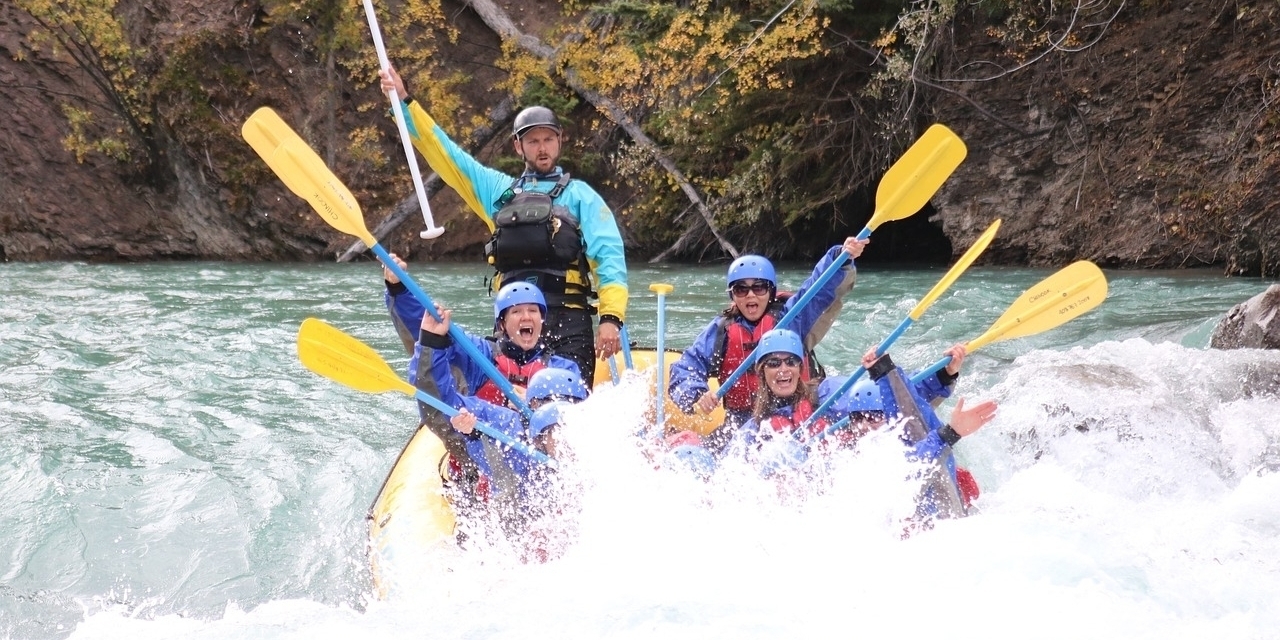
Nepal, a country synonymous with towering mountains and rich cultural heritage, offers another exhilarating experience river rating, with its divers, from tranquil streams to raging torrents, Nepal provides an ideal setting for both novice and seasoned rafters. This blog explores the trill of river rafting in Nepal, detailing the best rivers, seasons and what you can expect from this adventure.
Nepal’s geographical diversity and abundant water resources make it a paradise for river rafting enthusiasts. The country’s rivers originate from the high Himalayan glaciers, flowing down through narrow gorges, valley and plains offering a wide range of rafting experiences.
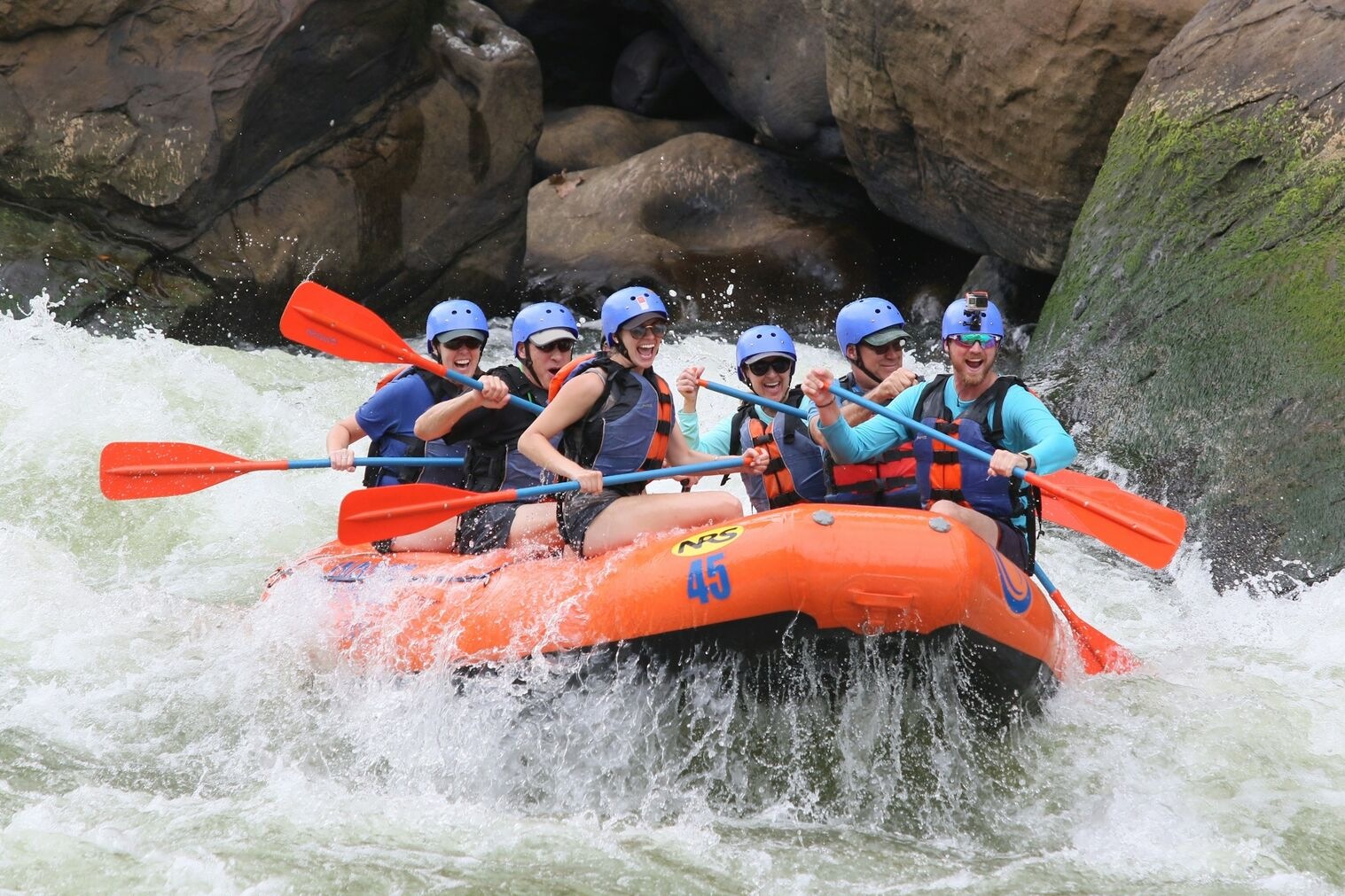
Trishuli River
Difficulty: Class II to III
Duration: 1 to 3 days
Highlights: Easily accessible from Kathmandu and Pokhara, the Trishuli River is perfect for beginners and families. It offers a mix of exciting rapids and calm stretches, with scenic views of the surrounding hills and valleys.
Bhote Koshi River
Difficulty: Class IV to V
Duration: 1 to 2 days
Highlights: Known as one of the most Challenging rafting rivers in Nepal. Bhote Koshi is ideal for experienced rafters. T river is characterized by continuous, steep and technical rapids, providing an adrenaline-pumping experience.
Kali Gandaki River
Difficulty: Class III to IV
Duration: 3 to 5 days
Highlights: Flowing through the deepest gorge in the world, the kali Gandaki offer a thrilling rafting experience combined with stunning views of the Annapurna and Dhaulagiri ranges. The river also passes through remote villages and dense forests.
Sun Koshi River
Difficulty: Class III to V
Duration: 8 to 10 days
Highlights: Named one of the top ten trips in the world by National Geographic, the Sun Koshi provides an epic rafting journey. The river starts from the eastern Himalayas and flows through beautiful landscapes, offering a mix of challenging rapids and serene sections.
Marsyandi River
Difficulty: Class IV to V
Duration: 2 to 3 days
Highlights: Known for its steep and technical rapids, the Marsyangdi River is a favorite among experienced rafters. The river offers continuous whitewater action with spectacular views of the Annapurna range.
The best time for river rafting in Nepal is during the post-monsoon (October to December) and pre-monsoon (March to June) seasons. During these periods, the weather is pleasant and the water levels are deal for rafting. The monsoon season (July to September) is generally avoided due to the high water levels and increased risk of flooding and landslides.
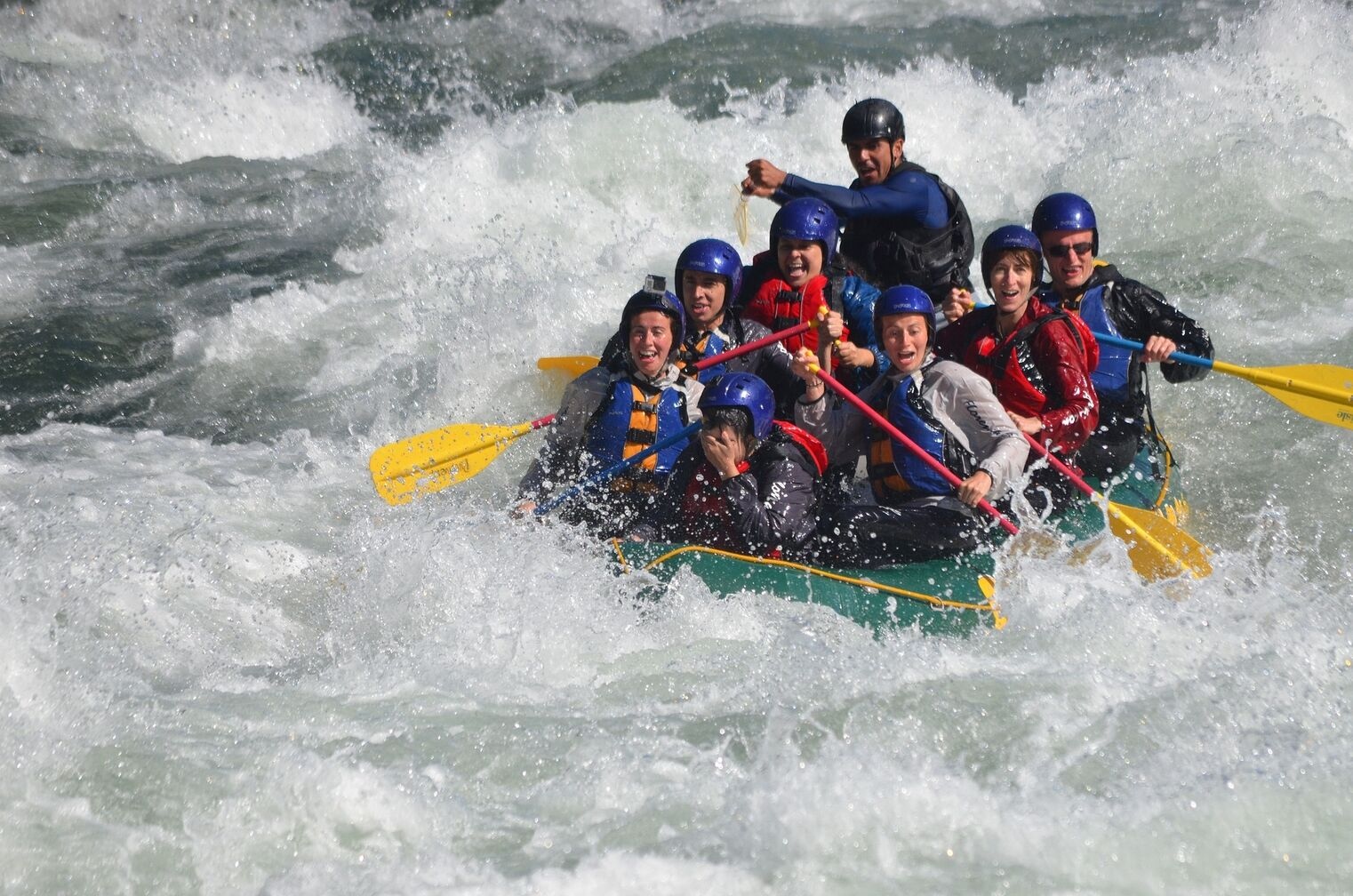
River rafting in Nepal is more than just an adventure sport, it’s an opportunity to connect with nature, challenge yourself and experience the country’s stunning landscapes and rich culture from a unique perspective. Whether you’re a beginner or an experienced rafter, Nepal’s rivers have something to offer everyone. So gear up and get ready for an unforgettable journey on the wild and scenic rivers of Nepal
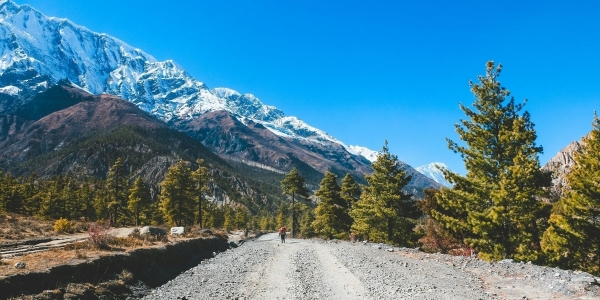
The Annapurna Circuit trek is a majestic trekking route in Nepal that carries a huge legacy. The Ann...

Nepal, nestled in the lap of the Himalayas, is a paradise for trekkers and adventure enthusiasts. Wi...
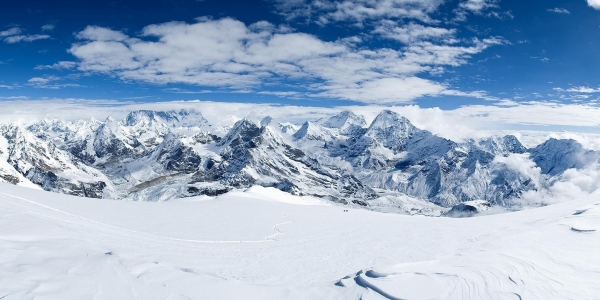
Are you an adventure enthusiast seeking the thrill of conquering peaks while immersing yourself in t...
